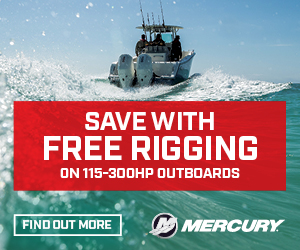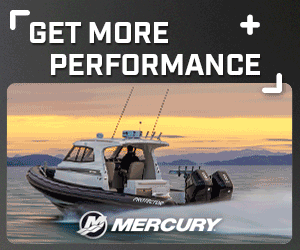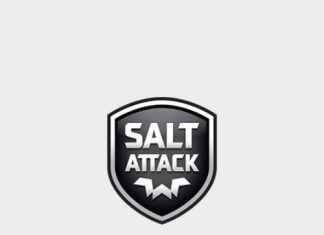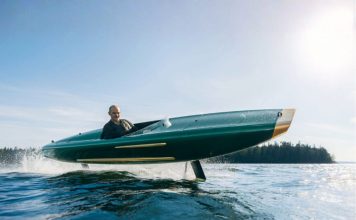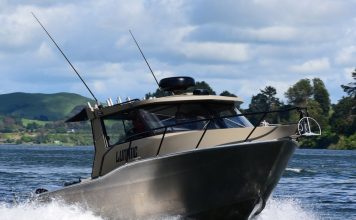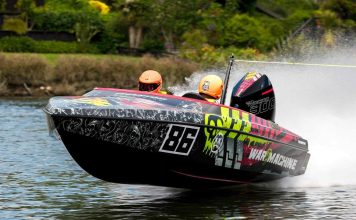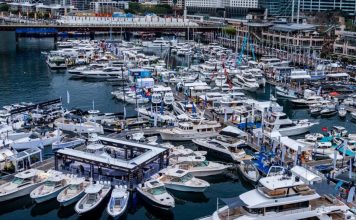Melbourne’s Dean Francis has just invested in a new 8.5m Sealegs 8i. While the vessel’s seamless transitioning between beach and sea was its major attraction, he knew – as a committed family boatie – he’d have to do something about seasickness. Enter a Quick gyroscopic stabiliser.
I’ve owned many boats before,” says Dean, “and while I don’t get seasick, my wife and children do. We do a lot of cruising, water-skiing and fishing – the Sealegs will be a real multipurpose boat – and fitting the gyro is specifically geared to making it all more enjoyable.”
Until relatively recently, stabilising gyros tended to be the preserve of large launches – mainly because they’re typically bulky and heavy. The Quick technology has changed the game, bringing gyro advantages to vessels as small as 20-feet.
Manufactured in Italy and distributed by Queensland’s Gineico Marine, the Quick models differ from conventional gyros in one fundamental respect: their flywheels spin on a vertical rather than a horizontal plane. That brings numerous benefits, says Pierluigi Gambacorti, Gineico Queensland Managing Director – among them a modest weight, compactness and easy installation.
“All gyroscopic stabilisers use centrifugal force to create stability – a bit like a bicycle wheel. The bike stays upright while the wheels are spinning. When you stop, the bike falls over. Using the same physics, Quick gyros use a vertically spinning flywheel to stop a vessel’s roll. The force generated (anti-roll torque) is transferred to the vessel’s structure.”
A vertical flywheel, he adds, delivers significant design advantages over older horizontal flywheel units. “The shaft runs on bearings on either side of the flywheel – distributing the load evenly. With horizontal flywheels, most of the load is on a single bearing below the unit.
“Because of that balanced support, a Quick gyro’s flywheel is heavier and can thereby spin much more slowly – typically around 4,000rpm –to achieve the same centrifugal force and same anti-roll torque. Horizontal-flywheel gyros often spin at twice that speed.
“That means Quick gyros spool up to ‘operational speed’ much more quickly. The slower spin rate also minimises heat build-up, so the units are air-cooled rather than water-cooled. Installations are really easy – they don’t require complicated plumbing or water pumps. The relatively simple design also reduces maintenance costs.
“And because they’re very compact boat owners have plenty of flexibility when selecting a suitable spot to mount a Quick gyro – it can go anywhere in the hull – it doesn’t have to be on or near the centre-line. As long as it’s fixed to the hull’s structure – typically the frames – it will work. It’s a viable retrofit option for boats 20-feet and bigger.”
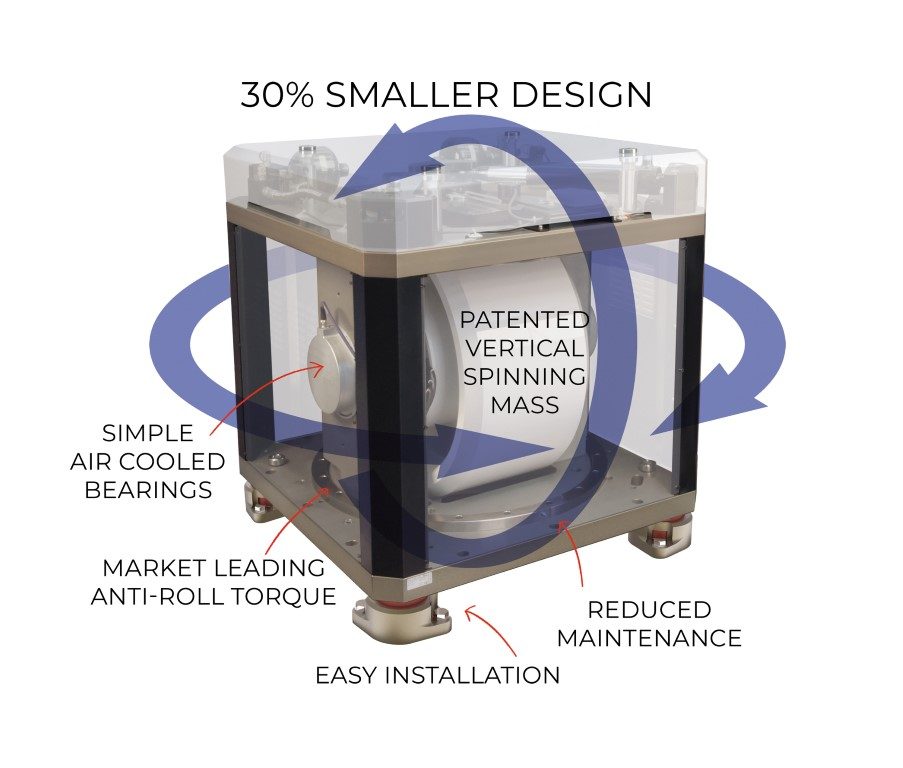
Quick thinking
Quick gyros also react automatically to changing sea states. “The units are equipped with a system called Adaptive Precession,” says Pierluigi, “which constantly monitors the vessel’s roll and adjusts the gyro’s response and resistance. This ensures that the gyro delivers the highest possible anti-roll torque in any sea conditions.”
Dean, the Sealegs’ owner, endorses Pierluigi’s points. “I first experienced the Quick gyro – in a similar-sized vessel to mine – at the Sanctuary Cove Boat Show, and knew I had to have one for my new boat. I’ve selected the X3 model for the Sealegs. The size and weight were very appealing, and I liked that it can be fitted anywhere in the boat – the flexibility is a major plus.”
The X3 model’s footprint is 42cm2. It delivers 3,900N-m of anti-roll torque and is mounted in the base of the Sealegs’ pedestal seat. And because it’s air-cooled, says Dean, “I can start the unit long before I even get to the boat ramp. It’s fully operational by the time the boat hits the water.
“It will make a huge difference for family boating – and also for fishing trips with my mates. We typically go out for six to eight hours, and I don’t think people realise how tiring fishing can be – the constant bracing yourself against the roll takes it out of you. A gyro helps to eliminate fatigue.”
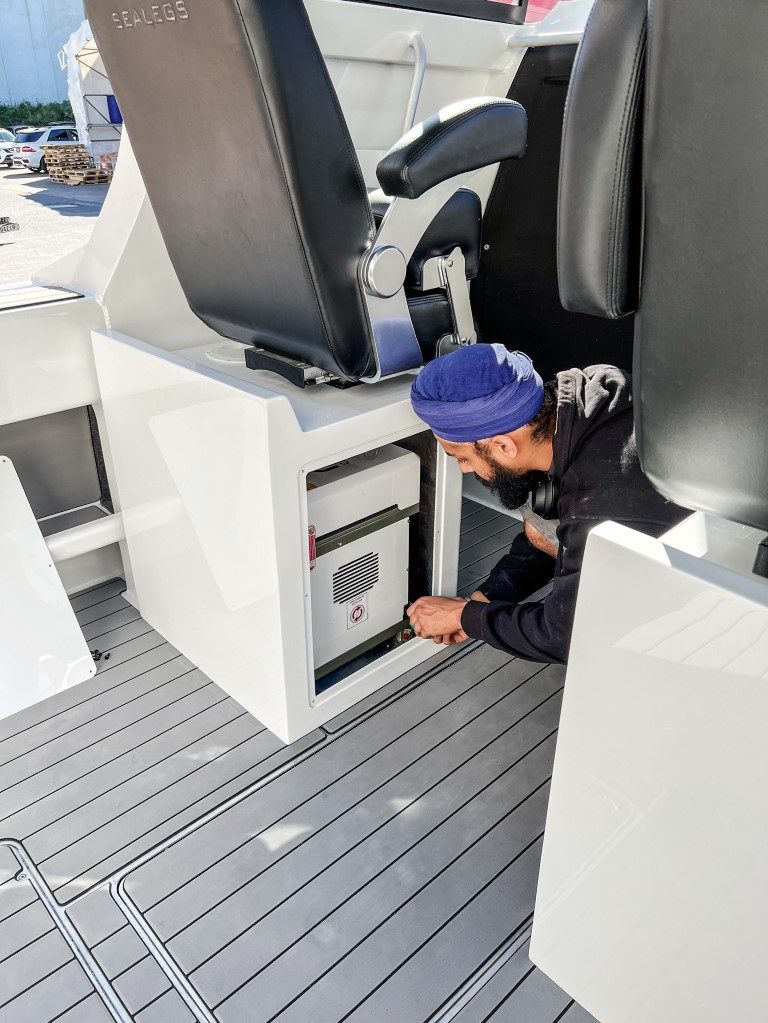
Range
Quick has 13 models in its range – starting with the X2 for vessels of 20-feet (or up to three tonnes) to the MC2 X75, designed for 70-95-foot vessels of up to 100 tonnes. The X2 weighs 130kg, while the MC2 X75 weighs 2,200kg. The smaller models are DC-powered – the larger units are AC. The X2 delivers 2,000N-m of anti-roll torque – the MC2 X75 delivers 75,000N-m.
While Dean’s boat is the first Sealegs to receive a Quick gyro, about a dozen New Zealand vessels are already equipped with the units. Pierluigi says about 100 machines have been fitted to boats in Australia and New Zealand, and more than 3,000 units have been sold worldwide since the technology was introduced in 2019.
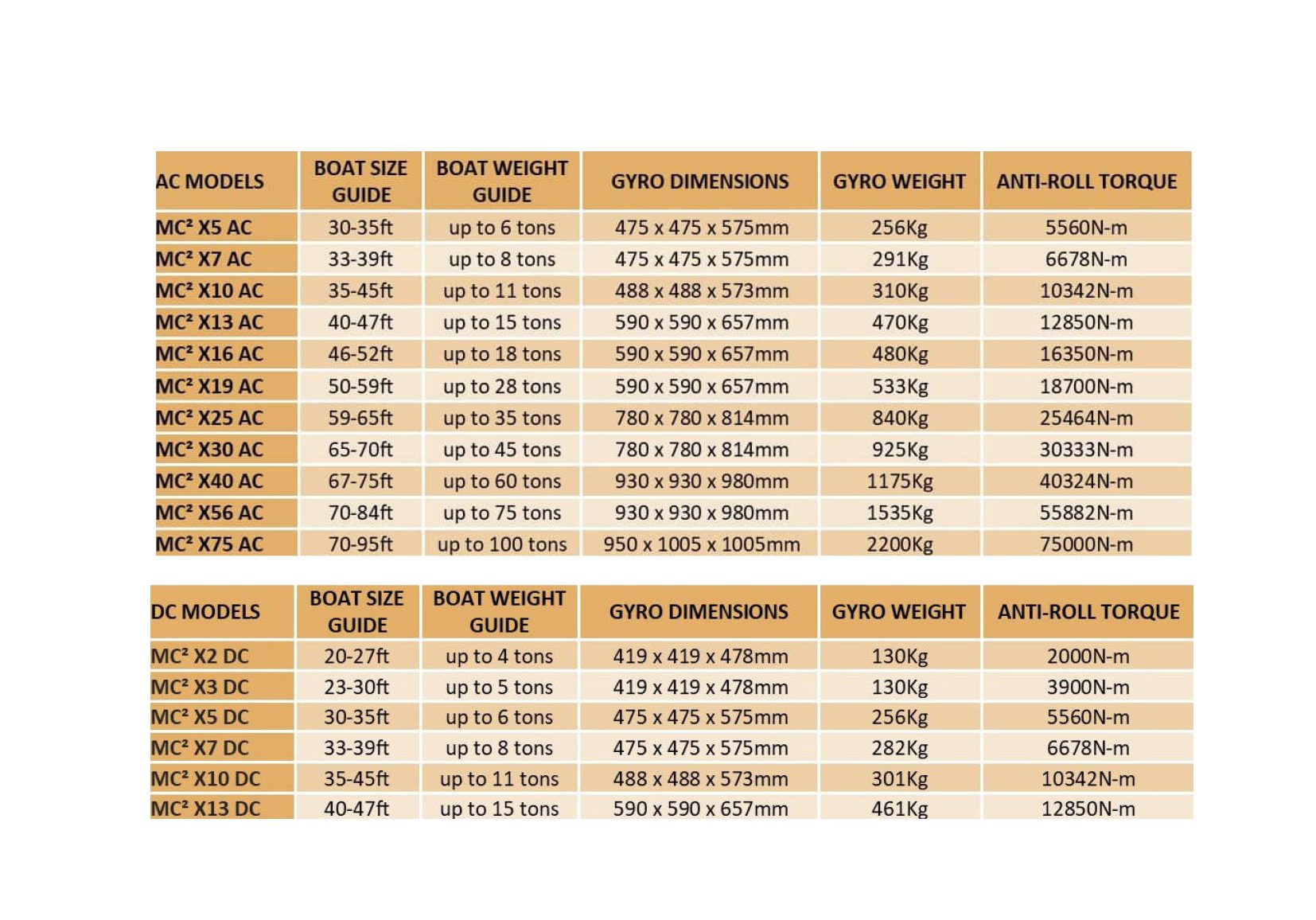
For more information call Gineico Marine Australia (+61) 7 5556 0244,
New Zealand (+64) 21 275 7608
email: sales@gineicomarine.com.au









